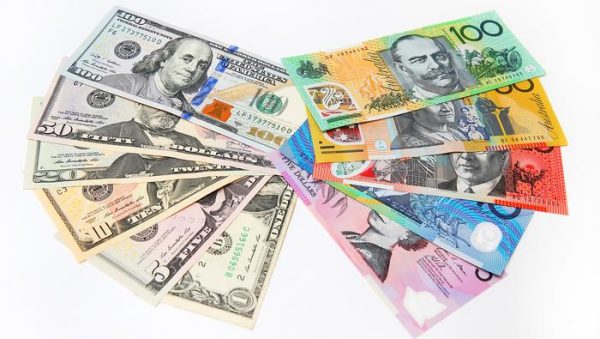The performance of the US dollar is a source of enormous curiosity and speculation in the ever-changing world of global finance. As we investigate market factors, it becomes clear that the US dollar is likely to stay rangebound in the third quarter (Q3) of this year.

In this in-depth examination, we will look at the numerous elements driving the greenback’s performance and throw insight on its future prospects.
The Current State of the US Dollar
To begin, it is critical to comprehend the current state of the US dollar index (DXY). The DXY has been trading in a narrow band of 101.00 to 103.00 since the beginning of the year. This range is expected to hold in Q3, owing to the conflicting forces placing pressure on the dollar.
Factors Supporting the US Dollar
The US economy continues to grow rapidly, creating a climate favourable to a strong US currency. Furthermore, the Federal Reserve’s stance on raising interest rates instills confidence in the long-term stability of the dollar. These variables serve as pillars that underpin the value of the dollar.
External Catalysts Weighing on the Greenback
Despite the good domestic drivers, the US dollar is subject to external challenges. The ongoing trade war between the United States and China continues to be a major source of anxiety. This protracted debate has increased market uncertainty and volatility, weighing on the dollar’s performance.
Another external factor putting pressure on the dollar is the uncertainty surrounding the Brexit negotiations. The protracted process and lack of clarity around the United Kingdom’s exit from the European Union contribute to an environment of uncertainty, which harms the value of the US dollar.
Rangebound Outlook for the US Dollar
Given the interaction of local and external forces, the US dollar is quite likely to stay rangebound in Q3. This means that the dollar’s value will fluctuate within the predetermined range of 101.00 to 103.00. However, it is critical to keep an eye out for potential catalysts that could upset this delicate balance.
Key Technical Levels to Observe
To gain a deeper understanding of the potential movements of the US dollar, it is vital to monitor key technical levels. These levels serve as significant indicators of the dollar’s strength or weakness in the market. In Q3, the following levels should be closely observed:
- Support: 101.00
- Resistance: 103.00
- Breakout level: 104.00
Should the US dollar break below the support level of 101.00, it is likely to decline further, potentially reaching the subsequent support level at 100.00. Conversely, if the dollar surpasses the resistance level of 103.00, it could experience a rally towards the next resistance level at 104.00.
Uncertain Outlook and Influential Factors
While a rangebound future for the US dollar is expected, it is critical to recognise the presence of major uncertainty. The conclusion of the trade war between the United States and China, or the failure of Brexit negotiations, might have a significant impact on the value of the dollar. These geopolitical developments must be continuously studied in order to assess their potential consequences.
Several additional factors may also have an impact on the US dollar’s performance in Q3. These elements are as follows:
- Economic growth rates in the United States and other major economies.
- Interest rate movements in the United States and other major economies.
- The outcome of the midterm elections in the United States.
- The changing nature of the trade war between the United States and China
Brexit conversations are moving forward.
Stakeholders and investors must be attentive, keeping a close eye on these variables, as they may have a big impact on the performance of the US dollar in the third quarter.
Maintain and Adapt
Finally, the performance of the US dollar in Q3 is predicted to be rangebound, with external factors likely to impact its trajectory. While domestic factors boost the value of the dollar, external influences such as the trade war and Brexit discussions impact on its value. Investors and market participants must closely follow these events and adjust their tactics accordingly.
Stakeholders may effectively navigate the volatility of the US dollar in Q3 by staying informed and keeping a close eye on the developing scenario.




